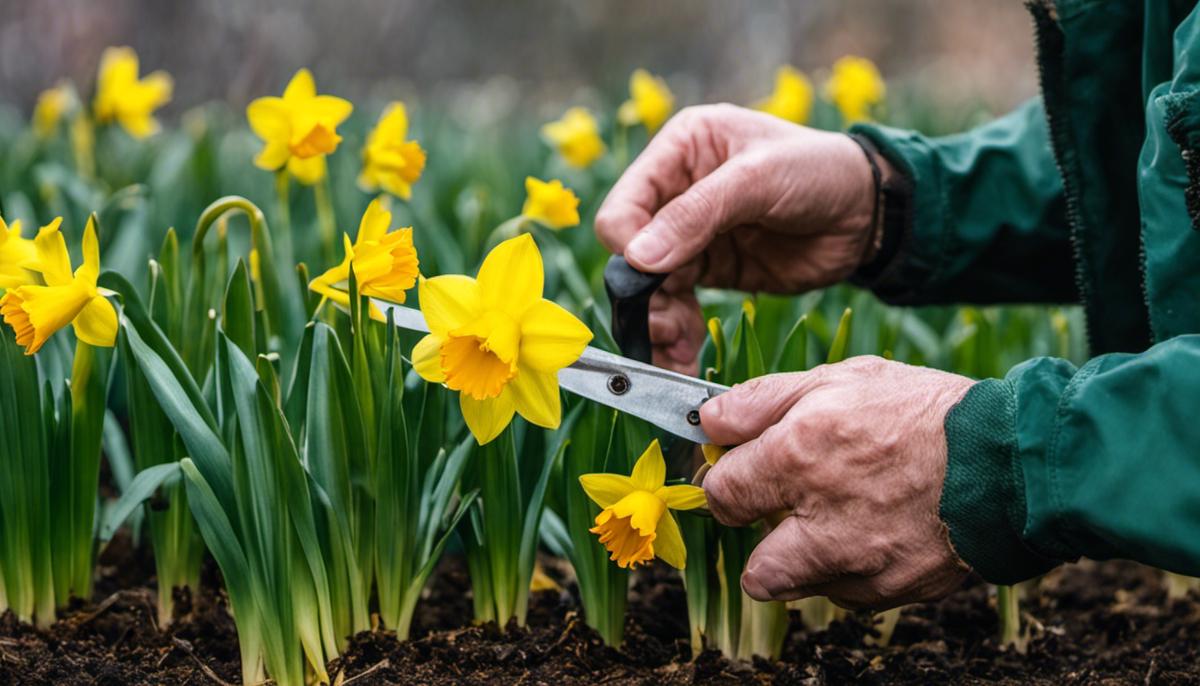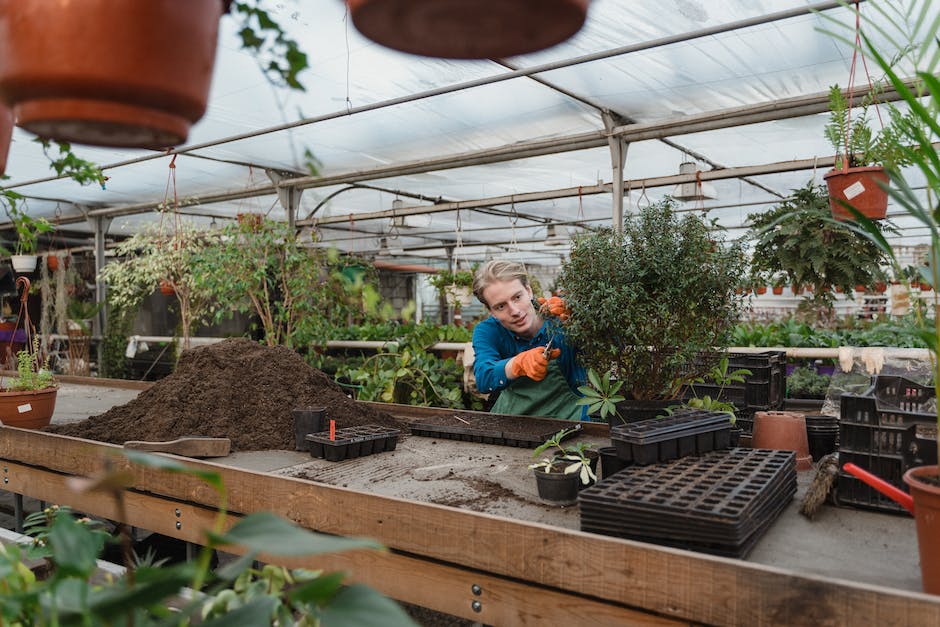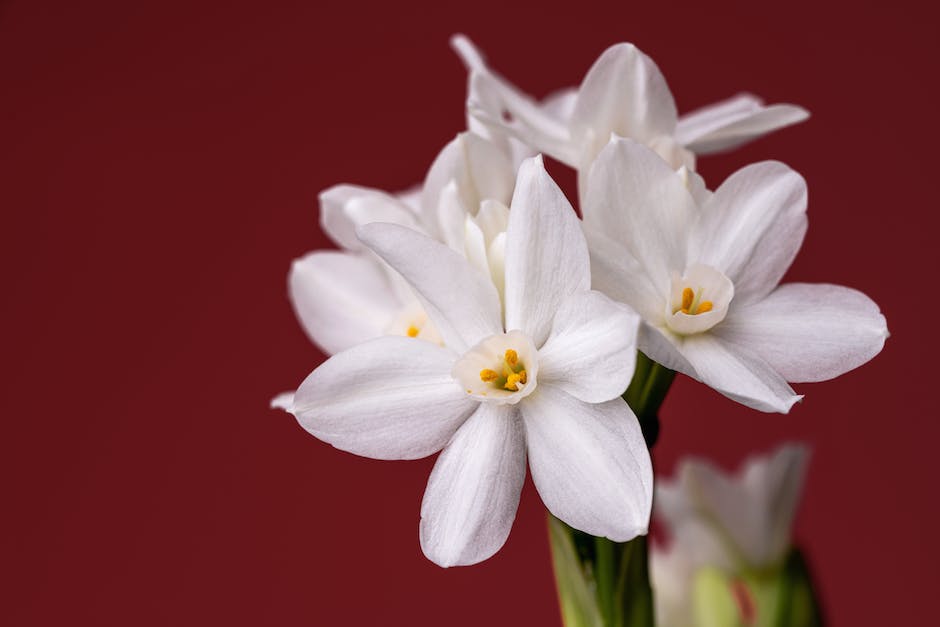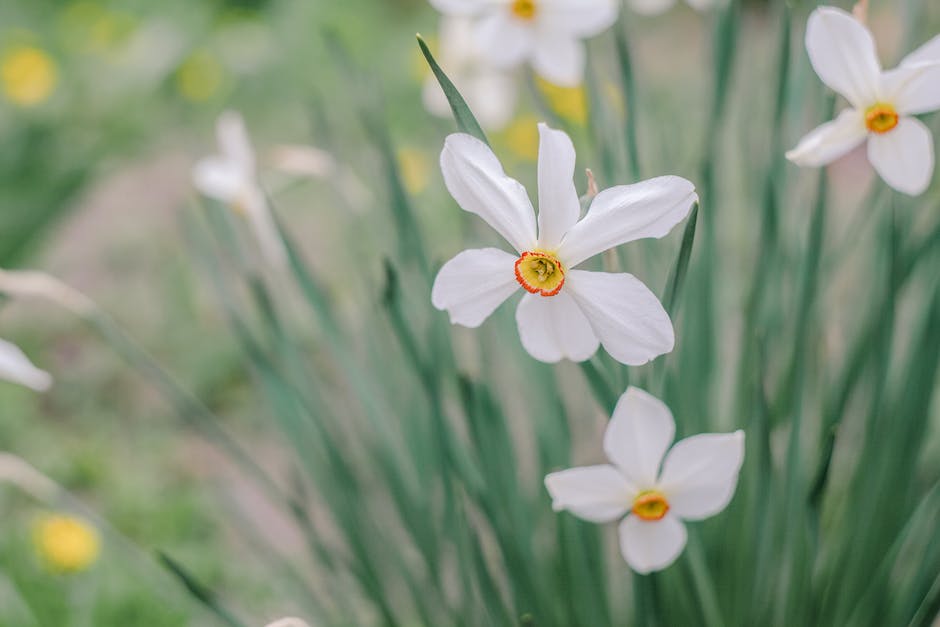Post-Bloom Daffodil Care Tips

The intricacies of gardening are abundant and varied, ranging from the initial planting phase to the subsequent maintenance routine. Among the many beautiful varieties to take into consideration is the daffodil, an enchanting springtime perennial that brings delicate vibrancy to any garden. Yet, understanding how to optimally maintain this plant after it has completed its blooming stage is a crucial aspect of garden management. Our discussion will delve into the nuts and bolts of post-bloom daffodil care, shedding light on the aspects of trimming daffodil leaves, the application of suitable fertilizers, and the meticulous measures to be taken pertaining to daffodil bulb care post-bloom.
Trimming Daffodil Leaves After Blooming
Timing is Everything: The Right Moment to Trim your Daffodil Leaves after Blooming
Ah, the daffodil, a beacon of spring and joy, gifting us with bright and cheery blossoms after long and often dreary winters! To those unacquainted, daffodils may be just pretty yellow flowers, but to an established daffodil enthusiast, they’re nothing short of a marvel. Amidst the various tasks in maintaining a handsome daffodil garden, one question lingers on – when should the leaves of these endearing blooms be trimmed after they’ve proudly shown their colors?
Strategically timed trimming is crucial for the cultivation of daffodils, as it navigates the path between maintaining present beauty and ensuring a handsome display for the next season. It’s a balance that comes with knowing the right time for this leafy haircut.
When the dashing petals of a daffodil wilt away post-blooming, the leaves continue their critical job in photosynthesis. Through this process, they make and store food that will be utilized for next year’s growth. The longer the photosynthesis cycle continues, the better prepared the daffodil bulb will be for the next spring show. So, don’t be too hasty with that pruning!
Patience truly pays off in this garden game. On average, the leaves should be left untouched for about six weeks after the flowers have bloomed and faded. Of course, variances can happen based on local climate and weather conditions, but six weeks is a good guideline to follow.
Every daffodil enthusiast looks for that telltale yellowing and browning of the leaves as a sign that nature’s Photosynthesis Orchestra is ready for an intermission. This commonly happens anytime from late spring to early summer. So when you notice the color change and the leaves looking a bit bedraggled, feel confident that it’s finally the perfect moment to trim.
Note that trimming doesn’t mean plucking the leaves out from the root. A clean cut one inch from the base should be made using sharp shears. Always remember to disinfect any tools before using them to prevent the spread of any diseases.
Caring for daffodils doesn’t end with trimming. Once trimmed, it is time to feed the bulbs with a potassium-rich fertilizer to help build strong reserves for next year’s blooms. The season might have ended for the flowers, but the gardener’s work goes on.
The warmth and beauty of a daffodil garden is an unparalleled joy, made even better by these guidelines for the right leaf-trimming moment. It’s all about adhering to nature’s rhythm, interpreting the signs, and striking when the time is just right. Stick to these pointers, and prepare for a glorious encore of daffodil blooms next spring. Daffodil gardening is not just a hobby. It’s a way of life!

Fertilizing Daffodils After Blooming
When it comes to fostering a remarkable post-bloom daffodil show, garden enthusiasts have their work cut out for them. After the fiery spectacle has been tamed, yanking your attention towards the next project might be tempting, but pause! The persistent post-bloom care is what creates a delightful repeat performance next year. With that, let’s discuss the cornerstone of this care-regimen: fertilization.
Post-bloom fertilization plays a crucial role in the health and re-flowering of daffodils. But to achieve the best effect, one must make a wise choice about the type of fertilizer and its application.
Time to get dirt-under-our-fingernails real: the ideal fertilizer for daffodils should provide the right balance of nutrients required by bulb plants, primarily nitrogen, phosphorus, and potassium.
A fertilizer marked as 10-10-10 or 5-10-10 should do the trick (these numbers represent the percentage of nitrogen, phosphorous, and potassium respectively). This balanced approach nourishes the bulbs, enabling robust growth and setting the stage for next year’s bloom.
Let’s step back for a second though, bulblets, those tiny bulb-offshoots that daffodils produce, crave a little more attention. They have a predisposition for a phosphorus-rich diet for healthy growth. So, moving in with a slightly phosphorus-heavy fertilizer (like a 5-10-5) is not a bad idea if your daffodils are producing bulblets.
Keep a keen eye on the organic versus synthetic dilemma too. While organic options, such as bone meal, provide longer-term nutrients and enrich the soil’s overall health, synthetic ones tend to give more immediate results. Again, this is a matter of individual garden philosophy, both options have their merits.
Finally, the perfect timing is crucial to ensure that applying the fertilizer does not end up becoming a futile exercise. Aim to feed your daffodils as the flowers fade but before the leaves turn yellow. This optimizes the photosynthesis period, ensuring that nutrients are taken up effectively by the bulbs.
One final nugget of wisdom to leave you with: Fertilizing plants is not a one-size-fits-all scenario, so feel free to experiment and adapt based on your gardening conditions. It’s this passion for nurturing life and growth that makes gardening such a beloved hobby. Now go forth and watch your diligent post-bloom care bear fruit (or rather, flowers) in the upcoming season!

Daffodil Bulb Care Post-Bloom
Expanding upon the feeding regiment, you’ll want to ensure that the bulbs have a healthy living environment. Post-bloom, daffodils are in a vulnerable state and existing in properly cared for soil can greatly impact their wellbeing. Ensuring good soil drainage is a crucial measure. Daffodil bulbs favor well-drained soils to avoid water-logging, which could lead to rotting of bulbs. Amend heavy clay soils with organic matter or horticultural grit to improve drainage.
Location plays an essential role in determining the health of your daffodil bulbs. After bloom, the bulb prepares itself for next season’s flowers. This includes an active process of nutrient absorption from the soil, thus the bulbs thrive in a location where they can receive six hours of daily sunlight.
If you are in colder climates, consider mulching the area where bulbs are planted. Mulching supplements the soil with organic matter, conserves moisture, reduces weed competition, and provides winter protection. Organically-rich compost, shredded leaves, or well-rotted manure can be used. But be cautious not to pile the mulch directly against the stems, as it can make them a refuge for pests.
Now, let’s talk about bulb preservation for those in regions with severe winters where bulbs cannot survive if left in the ground. First, let the daffodil leaves naturally die down. Then, carefully dig around the bulb clusters without damaging them and lift gently from the soil. Shake off excess dirt but do not wash off the attached soil. Store these “lifted” bulbs in a dry, cool, dark place with good ventilation, like a garage or basement until the next planting season.
Overcrowded bulbs can cause a decline in flower production. To prevent this, separating daffodil bulbs every 3-5 years will help maintain a healthy flower yield. The optimal time for this is when the foliage has yellowed and can be easily pulled away from the bulbs. Simply dig up the whole clump, gently pull apart the bulb clusters, and replant them immediately at the appropriate depth and spacing.
Engaging with daffodils, or any hobby plant, involves some trial-and-error along with the thrill of success. As bulb guardians, your role is to provide the right environment and care for your floral companions. Understand that each bulb is unique. Experiment, but remember: ultimately, the beauty of gardening goes beyond the blooms and lies in the nurturing process itself.

Having a garden laden with healthy, blooming daffodils every spring is a joy many gardeners seek to achieve. The journey towards this fulfilling destination requires knowledge, skill, patience, and consistent effort. The principles discussed above which include diligent trimming of leaves post-blooming, the judicious use of appropriate fertilizers, and effective daffodil bulb care, when implemented faithfully, can significantly contribute towards achieving such a goal. Every bloom that springs to life in your garden is a testament to the nurturing care you’ve given to it, and by following these guidelines, your daffodils will continue to grace the garden with their beauty season after season.



